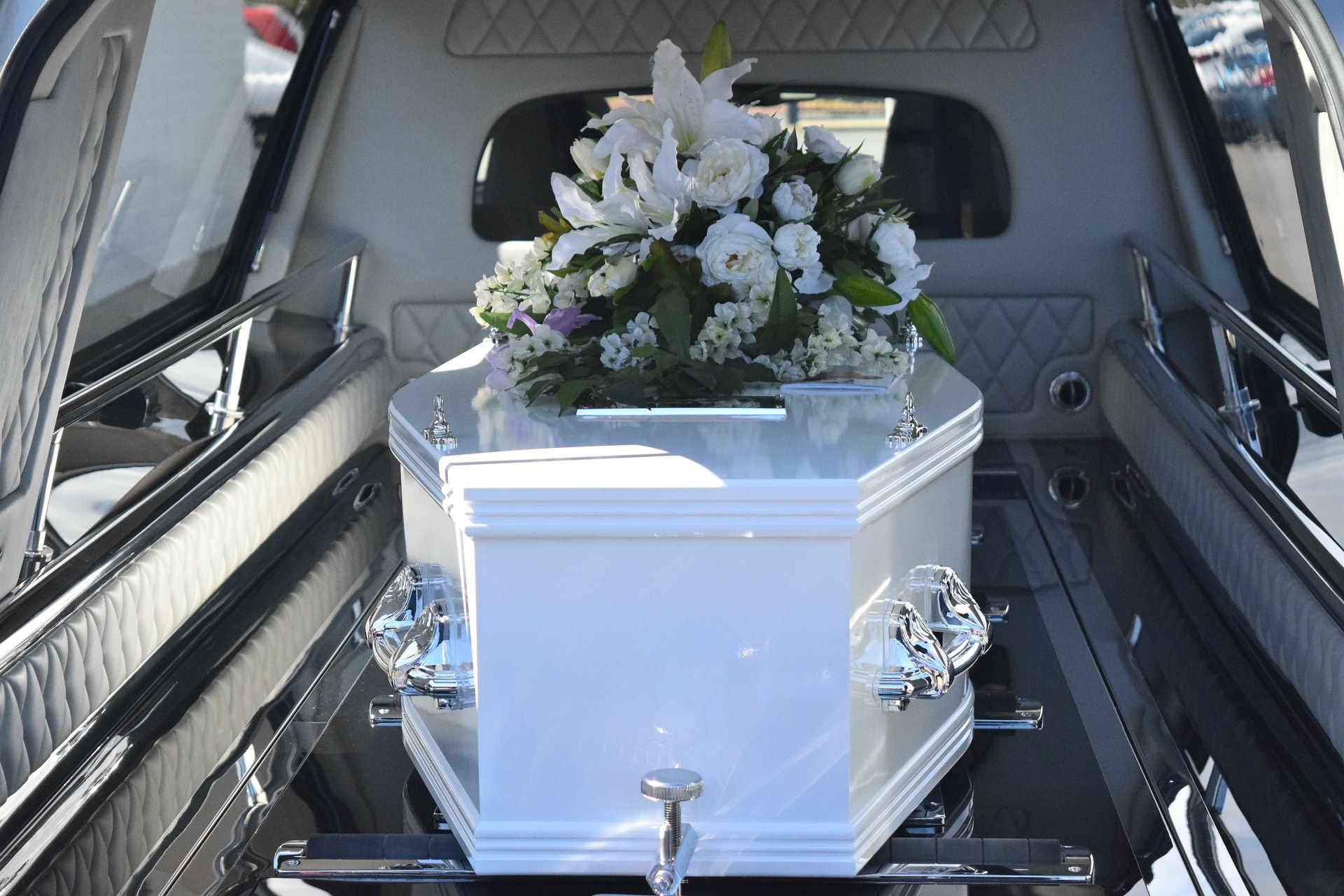2025 UK Cremation Process Overview: Identification, Authorization, and Ashes Handling Clarified
Modern UK cremation combines legal safeguards and identification technologies to protect dignity. This guide explains step‑by‑step procedures — from confirming identity and obtaining legal authorization to handling and returning ashes — to clarify the process for families and loved ones in 2025.

Identification and Authorization Procedures Prior to Cremation
In the UK, before any cremation can take place, strict procedures ensure the deceased’s identity is confirmed and legal permissions obtained. Typically, a family member or someone who knew the deceased must positively identify the body, producing a permanent documented record. This crucial step prevents mistakes and preserves dignity.
Following identification, authorization comes from the legally entitled individual to make such decisions—commonly the next of kin. This involves signing an official cremation authorization form, which grants consent for the cremation and includes pertinent information such as the presence of medical implants. UK law requires removal of devices like pacemakers before cremation due to the hazards posed by intense heat.
Additionally, a medical referee must provide a certificate authorizing the cremation, adding another legal safeguard to ensure compliance and accuracy.
Preparation and Chain-of-Custody Monitoring
After receiving authorization, the body is transported—usually in GPS-monitored vehicles—to ensure transparency about timing and location throughout the procedure. Documentation starts immediately, employing unique identification methods such as tags, wristbands, or QR codes attached to the deceased. This chain-of-custody system tracks every phase—from arrival at the crematorium, preparation, to completion—ensuring accountability and preventing mix-ups.
Medical implants and hazardous materials are carefully extracted prior to cremation. The deceased is dressed according to wishes, and personal items like jewelry are generally returned to the family unless otherwise requested. The body is placed in a simple, combustible coffin that complies with all crematorium standards.
A waiting period of typically 24 to 48 hours is observed while all necessary paperwork—such as death certificates and authorization forms—is reviewed and completed in full accordance with the updated Cremation (England and Wales) Regulations effective from September 2024.
The Cremation Procedure Itself
Cremation occurs inside a specialized high-temperature furnace known as a cremation chamber or retort, where temperatures range between 760°C and 980°C. The process generally takes 1 to 3 hours depending on the body size and equipment used. Importantly, UK crematoria treat only one coffin at a time to prevent any mixing of remains.
After cremation, the chamber is meticulously cleaned before the next use to maintain hygiene and respect. Metal elements such as surgical implants or dental hardware are not destroyed but retrieved afterward through magnets or manual sorting. Certain crematoria participate in metal recycling programs benefiting charitable causes, though family consent is always sought before proceeding.
Respectful Handling and Return of Ashes
The resulting cremated remains—commonly called ashes—are bone fragments mechanically ground in a cremulator into a fine, sand-like texture. Adult ashes typically weigh between 1 and 3 kilograms, although this varies based on several physical factors.
These remains are then carefully placed into a container—either a temporary urn or one provided by the family—and securely sealed. Each container is labeled with unique identification codes to guarantee correct handling and tracking until final delivery.
Families may choose to collect ashes in person from the crematorium or have them professionally delivered. Some crematoria also offer simple ceremonies during the handover, giving families a meaningful moment of closure.
Enhanced Identification Technologies in UK Crematoria
To reinforce identity assurance, some UK crematoriums employ advanced tracking technology. For example, uniquely numbered ceramic memorial discs, capable of withstanding cremation temperatures, are sometimes placed inside or on the coffin and returned with the ashes as an additional identity confirmation. Every stage—from coffin acceptance, placement within the chamber, to ashes processing—is digitally logged to provide complete traceability.
Updated Legal Framework for England and Wales in 2025
As of September 2024, the Cremation (England and Wales) Regulations were revised to simplify forms and authorization procedures depending on the place of death and cremation. These updates improve consistency and legal compliance for all cremations performed in 2025. Both families and providers must adhere to the new guidance to ensure all legal documentation is properly completed in advance of cremation.
Final Thoughts
The UK’s modern cremation process is strictly regulated and transparent, blending scientific accuracy with profound respect for the deceased and their loved ones. From initial identification and permission through to the secure return of ashes, every step follows stringent protocols designed to uphold dignity, avoid errors, and offer peace of mind. Understanding this process allows families to feel better informed and supported during emotionally challenging moments in 2025.
Sources
- UK Government. “Cremations taking place in England and Wales: forms and guidance.” Gov.uk.
- Pure Cremation. “How do I know these are my mum’s ashes?” Purecremation.co.uk.
- Vivid Leaves. “Understanding the cremation process: step-by-step overview.”
Disclaimer: Cremation procedures, forms, and authorization processes can vary by region and crematorium. Pricing and service availability also differ across the United Kingdom. Readers are advised to consult local authorities or funeral professionals for the most current and specific information.




